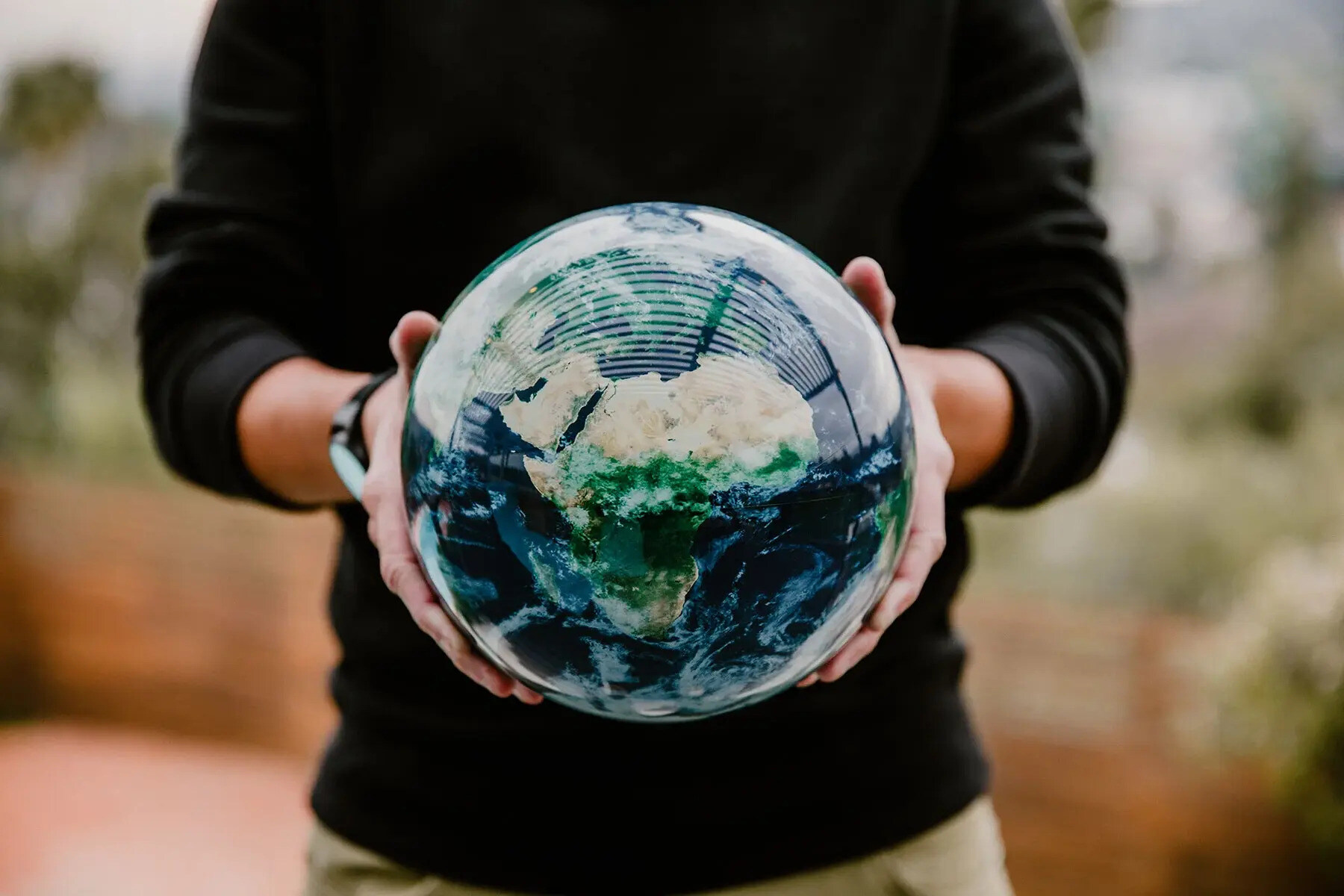
Regional variations add a unique flavor to our world, making every place special. Ever wondered why some regions have distinct customs, foods, or even accents? Regional differences stem from a mix of history, geography, and culture. These variations shape our identities and influence how we live. From the spicy dishes of Mexico to the intricate tea ceremonies in Japan, each region tells its own story. Understanding these differences not only broadens our horizons but also fosters appreciation for diversity. Ready to dive into some intriguing facts about regional variations? Let's explore how these differences make our world a richer, more vibrant place.
Key Takeaways:
- Language, food, clothing, festivals, architecture, music, sports, art, and dance all vary by region, reflecting unique cultural and historical influences.
- From British vs. American English to tango in Argentina, regional variations add color and diversity to the world, making each place special and unique.
Regional Variations in Language
Languages evolve differently across regions, creating fascinating variations. These differences can be subtle or stark, reflecting the unique cultural and historical contexts of each area.
-
British vs. American English: Words like "colour" in British English become "color" in American English. This spelling difference is just one example of how the same language can diverge.
-
Australian Slang: Australians often shorten words, turning "afternoon" into "arvo" and "breakfast" into "brekkie." This playful approach to language is a hallmark of Australian English.
-
Canadian English: Canadians use British spelling for words like "centre" and "theatre," but their vocabulary includes Americanisms like "gas" instead of "petrol."
-
South African English: Unique words like "robot" for traffic light and "braai" for barbecue highlight South Africa's linguistic diversity.
Regional Variations in Food
Food is another area where regional variations shine. Each region's cuisine reflects its history, climate, and available ingredients.
-
Pizza Styles: New York-style pizza has a thin, foldable crust, while Chicago-style pizza is deep-dish with a thick, buttery crust.
-
Barbecue: In the U.S., barbecue varies by region. Texas barbecue focuses on beef, especially brisket, while Carolina barbecue is known for its pork and vinegar-based sauces.
-
Curry: Indian curry varies widely by region. Northern curries often use dairy, while southern curries feature coconut milk and tamarind.
-
Cheese: France boasts over 1,000 types of cheese, each with its own regional characteristics. Roquefort comes from the south, while Camembert hails from Normandy.
Regional Variations in Clothing
Clothing styles can differ dramatically from one region to another, influenced by climate, culture, and tradition.
-
Saris in India: The way a sari is draped varies by region. In Maharashtra, women wear the sari in a style called "nauvari," while in Bengal, the "aatpoure" style is common.
-
Kilts in Scotland: Kilts are traditionally worn in the Scottish Highlands. Each tartan pattern represents a different clan.
-
Hanbok in Korea: The hanbok, a traditional Korean dress, varies in color and style depending on the region and occasion.
-
Kimono in Japan: The kimono's design and fabric can indicate the wearer's region, age, and marital status.
Regional Variations in Festivals
Festivals around the world reflect the unique traditions and beliefs of each region.
-
Diwali in India: While Diwali is celebrated across India, the customs vary. In North India, it's marked by fireworks, while in South India, it's a time for oil baths and new clothes.
-
Carnival in Brazil: Rio de Janeiro's Carnival is famous for its samba parades, while Salvador's Carnival features Afro-Brazilian music and dance.
-
Oktoberfest in Germany: Munich's Oktoberfest is the largest, but smaller versions are held in other regions, each with its own local flavor.
-
Chinese New Year: Celebrations vary across China. In Beijing, dragon and lion dances are common, while in Guangdong, people enjoy flower fairs.
Regional Variations in Architecture
Architecture reflects the history, climate, and cultural influences of a region.
-
Greek Islands: White-washed buildings with blue domes are iconic in the Cyclades, reflecting the region's maritime heritage.
-
Japanese Temples: In Kyoto, temples are built with wooden structures and intricate gardens, while in Okinawa, they feature red-tiled roofs influenced by Chinese architecture.
-
Spanish Colonial: In Latin America, Spanish colonial architecture includes courtyards and thick walls to keep buildings cool.
-
Victorian Houses: In San Francisco, Victorian houses are known for their ornate details and colorful facades.
Regional Variations in Music
Music styles can vary widely from one region to another, reflecting local traditions and influences.
-
Flamenco in Spain: Originating in Andalusia, flamenco features passionate guitar playing, singing, and dancing.
-
Reggae in Jamaica: Reggae music, with its distinctive rhythm and socially conscious lyrics, originated in Jamaica.
-
Blues in the U.S.: The Mississippi Delta is known as the birthplace of the blues, characterized by its soulful melodies and lyrics.
-
K-Pop in South Korea: K-pop, with its catchy tunes and elaborate choreography, has become a global phenomenon.
Regional Variations in Sports
Sports can also vary by region, with different games and traditions taking center stage.
-
Cricket in India: Cricket is the most popular sport in India, with millions of fans following the national team.
-
Rugby in New Zealand: Rugby is a national obsession in New Zealand, with the All Blacks being one of the most successful teams in the world.
-
Ice Hockey in Canada: Ice hockey is Canada's national winter sport, with a passionate following and a rich history.
-
Soccer in Brazil: Soccer is the most popular sport in Brazil, with the national team known for its skill and flair.
Regional Variations in Art
Art styles can differ greatly from one region to another, influenced by local culture and history.
-
Impressionism in France: Impressionism, with its focus on light and color, originated in France in the late 19th century.
-
Abstract Expressionism in the U.S.: Abstract Expressionism, characterized by bold colors and dynamic brushstrokes, emerged in New York in the 1940s.
-
Manga in Japan: Manga, a style of comic books and graphic novels, is a major part of Japanese culture.
-
Indigenous Art in Australia: Indigenous Australian art, with its distinctive dot paintings and symbols, reflects the rich cultural heritage of the Aboriginal people.
Regional Variations in Dance
Dance styles can vary widely from one region to another, reflecting local traditions and influences.
-
Ballet in Russia: Russian ballet is known for its precision and grace, with famous companies like the Bolshoi and Mariinsky.
-
Tango in Argentina: Tango, with its passionate and dramatic movements, originated in Buenos Aires.
-
Samba in Brazil: Samba, with its lively rhythm and energetic dance moves, is a key part of Brazilian culture.
-
Kathak in India: Kathak, a classical dance form from North India, combines storytelling with intricate footwork and expressive gestures.
The Final Word on Regional Variations
Regional variations make our world a richer place. From dialects to cuisine, these differences highlight the unique aspects of each area. They remind us that even within a single country, there's a tapestry of cultures and traditions. Understanding these variations can foster greater appreciation and respect for others. Whether it's the way people speak, the food they eat, or the festivals they celebrate, these regional quirks add color to our lives. Next time you travel, take a moment to notice and enjoy these differences. They’re what make each place special. Embrace the diversity, and you'll find a deeper connection to the world around you. Regional variations aren't just interesting facts; they're a testament to human creativity and adaptability. So, keep exploring, keep learning, and keep appreciating the beautiful variety that our world offers.
Frequently Asked Questions
Was this page helpful?
Our commitment to delivering trustworthy and engaging content is at the heart of what we do. Each fact on our site is contributed by real users like you, bringing a wealth of diverse insights and information. To ensure the highest standards of accuracy and reliability, our dedicated editors meticulously review each submission. This process guarantees that the facts we share are not only fascinating but also credible. Trust in our commitment to quality and authenticity as you explore and learn with us.


